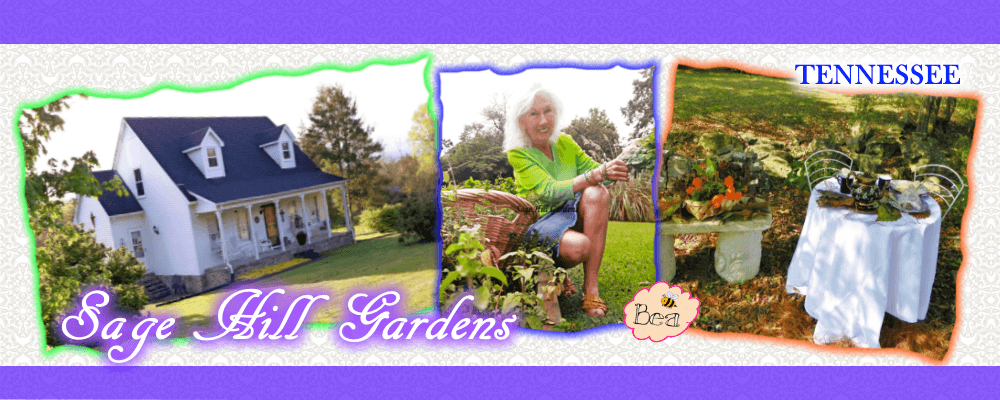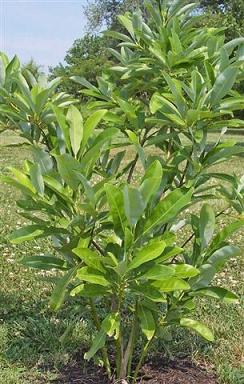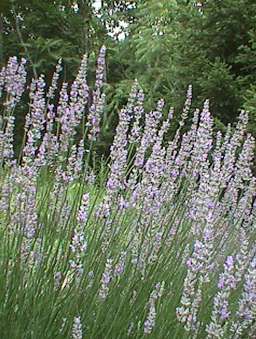Growing by the “Raised Bed” Method
~Why and How
A raised bed method of gardening has taken root and for many it’s a simpler and safer way of growing. From small kitchen gardens to fields of produce for market, raised beds are here to stay.
Some major reasons to consider the raised bed method:
1) When you build and enclose a raised bed, you have just cut your maintenance in half. There will be fewer weeds (if any), well draining soil, few if any pests, and the elimination of foot traffic – which is the biggest reason for compacted soil. Because of these three improvements you will have a highly attractive and higher yield garden.
2) Raised beds can be enclosed with garden timbers (cedar, redwood and cypress) brick, block and rock will all fit the plan perfectly. I like 4x 8 size beds for the ease of working it from side to side without constant moving from one side to the other.
Now, for the layering process. Just think of it as making a Dagwood sandwich.
The area where your garden will be should be cut as close to the dirt as possible with your lawn mower.
Build your frame around the plot to your desired size.
You are now ready to build your soil.
Fall is the best time…..let it compost over the winter.
1) Right on the freshly mowed site, layer about 10 sheets of wet newspaper (no glossy colors) or cardboard. Wetting the paper or cardboard will hold it in place and speed up the process of composting.
2) On top of this add 4 to 6 inches of barn manure in some stage of composting.
3) Add to the manure 3 to 4 inches of dried leaves, grass, and other yard clippings.
4) Add 1 to 2 inches of peat-moss to the top.
Repeat this layering process until you have a depth of 12 to 24 inches. More if you wish.
The more layers you build the higher your soil line will be. Twenty four inches is the standard for most. You don’t want your soil line higher than the frame of your bed.
Once your beds are layered, water well and cover with a plastic tarp if so desired. Check from time to time and don’t allow the beds to dry out for long periods of time. (I leave mine open so they get the rain water and the natural weather cycles….it all helps the process.)
This method attracts microbes, earthworms, etc., that do the same work as a garden pick and tiller, and fertilizers at the same time. Come spring, just plant right into your ready made soil.
Remember too that you can compost all your kitchen scraps such as peeling from vegetables and fruits, coffee and tea grinds, and egg shells. Do not compost meat, bones, oils, or any cooked food. This will rot and draw animals and insects to your garden.
You can add these kitchen waste products directly to your beds, but I prefer to have a compost pile and process it separate from the beds.
For a healthy garden site always rotate your crops yearly and in the case of cucumbers, tomatoes, and eggplants, every 2 to 3 years. This stops pest from setting up house-keeping and over-wintering to wait for the new crop.
A good step to take before you start to build your beds is to have an idea of what you will be growing so you can add material to your beds that a certain crop might need. (Sand, blood/bone-meal, etc.)
Companion planting is a perfect crop practice. We will cover this in another segment.
Happy growing!
Bea Kunz
NOTICE: You may reprint this article by giving credit back to the author and by using it as written.



